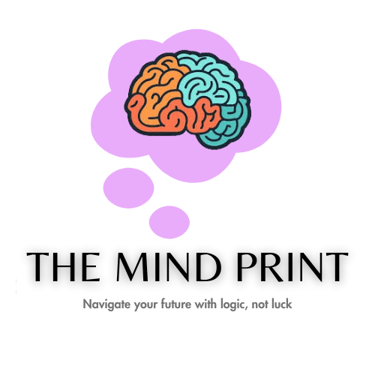The Double-Edged Sword: Student Life in the 4G/5G Era
The classroom of today looks vastly different from even a decade ago. Gone are the days of bulky textbooks and dial-up internet. We've entered the age of lightning-fast connectivity with 4G and 5G, and students are armed with a constant stream of information and entertainment at their fingertips. But is this constant digital connection all sunshine and rainbows? Let's delve into the impact of screen time on student life and how parents can navigate this new educational landscape.
Himanshu Sharma
6/24/20242 min read


Student Life in the Age of Hyperconnectivity: Boon or Bane?
#StudentLife #DigitalAge #ScreenTime
Student life today is a whirlwind of textbooks, online lectures, and constant digital connection. The arrival of 4G and 5G has ushered in an era of instant information access, but this comes with a double-edged sword: the allure of ever-present screens. While technology offers incredible educational tools, are students sacrificing brain development for the dopamine rush of their devices?
The Power of 4G/5G and AI for Learning
Faster internet speeds empower students to:
Download educational resources in a blink, making research and project work a breeze.
Experience immersive learning through virtual reality simulations and interactive platforms.
Connect with global classrooms and collaborate with peers worldwide.
Access AI-powered tutors for personalized learning and feedback.
The Flip Side: The Screen Time Conundrum
Increased screen time can lead to:
Attention difficulties as students struggle to focus on longer tasks.
Sleep disturbances due to the blue light emitted by screens.
Social isolation as face-to-face interactions decrease.
Potential for addiction to social media and online games.
Are We Hampering Brain Development?
The jury's still out on the long-term impact of excessive screen time on brain development. However, concerns exist about:
Reduced critical thinking skills as students rely heavily on technology for information.
Shorter attention spans due to the rapid-fire nature of online content.
Diminished creativity as passive consumption replaces active learning.
Finding Balance: A Parental Guide
Parents play a crucial role in promoting healthy screen habits:
Set screen time limits and create screen-free zones like bedrooms and dinner tables.
Encourage alternative activities like sports, hobbies, and social interaction.
Lead by example by limiting your own screen time and engaging in non-digital activities.
Explore educational technology together to maximize its benefits and minimize distractions.
Open communication is key. Discuss online safety and responsible technology use.
The Takeaway
Technology is a powerful tool for learning, but it's vital to find a balance. By promoting mindful screen time and encouraging a variety of activities, parents can help students thrive in the digital age without compromising their development. Remember, the human connection and critical thinking skills honed in the "real world" are still essential for success.
#DigitalResponsibility #HealthyBalance #EmpoweringStudents
Connect with The Mind Print
himanshu.sharma@themindprint.in
9012335561
The Mind Print
3rd Floor, Sukhshant Complex
Mangal Pandey Nagar, Opp Sales Tax Office
Meerut, U.P 250004

Unsure About Your Career? Mind Print Can Help!
Choosing the right academic path is a crucial decision that can shape your entire career. At The Mind Print, we understand the pressure and confusion students face when selecting a stream and college. That's why we offer expert career counseling sessions to guide you towards a fulfilling future.
Why Choose Mind Print's Career Counselling?
Experienced Professionals: Our team comprises seasoned career counsellors who possess in-depth knowledge of various educational streams, career options, and entrance exams.
Personalized Guidance: We go beyond a generic approach. Our sessions are tailored to your individual strengths, interests, and aspirations.
Data-Driven Insights: We leverage statistics to provide you with a clear picture of competitive exams and college admissions.
The Numbers Speak for Themselves
Highly Competitive Exams:
CUET (Common University Entrance Test): With lakhs of students appearing for a limited number of seats, especially in top universities, strategic preparation holds the key to success.
NEET & IIT JEE (Engineering Entrance Exams): The acceptance rate for these prestigious exams is incredibly low, making expert guidance invaluable.
CAT (MBA Entrance Exam): Cracking this exam requires a focused approach and understanding of your strengths and weaknesses in management skills.
Limited Seats in Reputed Government Colleges: Many government colleges have a limited number of seats, making informed college selection crucial.
Don't Let Statistics Discourage You!
The Mind Print's career counselling empowers you to navigate the complexities of entrance exams and college admissions. We help you:
Identify your strengths and interests
Explore suitable academic streams
Develop a study plan for competitive exams
Choose the right colleges based on your aspirations and entrance exam scores
Take Charge of Your Future
Don't let uncertainty cloud your future. Schedule a career counselling session with Mindprint today! Together, we can create a roadmap to your dream career.
Contact us to learn more!
Additionally, consider including a call to action button that directs students to book a counselling session or explore available resources on your website.
